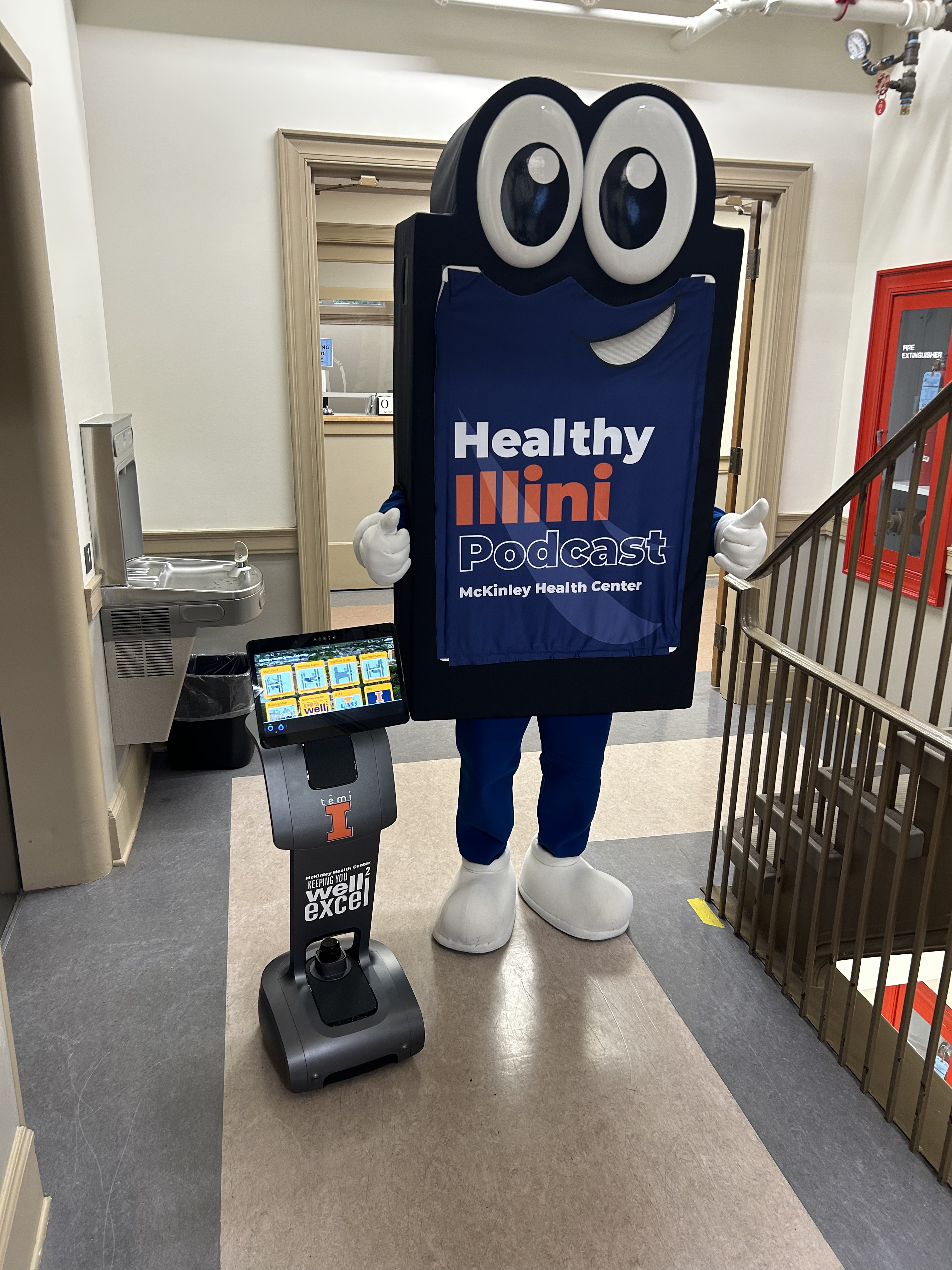Blog
TemiBoT - The Healthcare Helper that Interacts
August 24 2023
Robotic Assistance for Patients, Visitors and Medical Staff

While we’re big fans of all of our robots, there’s one in our lineup that stands out for its flexibility, intuitive operation, and adaptability to virtually any customer-facing setting. TemiBoT is an AI-powered interactive robot that excels at human assistance. For healthcare settings in particular, TemiBoT’s versatility has numerous applications. Let’s explore.
Patient and Visitor Services
While hospitals and healthcare facilities may not be considered part of the “hospitality” industry, there are parts of a hospital that serve a similar function. Check-in desks and guest services outposts are busy places in a hospital, fielding hundreds of patients, visitors, and questions each day. While an empathetic human touch is both necessary and ideal for some of these interactions, many basic concierge functions can be handled by interactive robots like TemiBoT.
TemiBoT can act as a versatile mobile receptionist and guide, sitting at the welcome desk or entryway, directing visitors via displayed maps, or physically guiding them to the desired location. TemiBoT is voice-responsive, meaning it can listen to questions or commands, speaking answers or guiding to locations in return. This is particularly useful for patients or visitors who may have poor eyesight or who aren’t comfortable using smart screens.
And because TemiBoT seamlessly integrates with facility IT systems, the BoT can be highly useful for patient/visitor check-in, copay collection, or post-visit summary/orders/pharmacy information. TemiBoT’s versatility saves patient and visitor services staff time by taking over straightforward tasks, increasing their efficiency and giving them extra bandwidth for more complex interactions.
Medical and Symptom History
If patients often feel like they have to answer the same set of questions about their medical or symptom history each time they encounter a new healthcare staff member, the routine is doubly tiresome for nurses, who have to record patient answers numerous times each day. Some hospitals and physician offices have already taken steps to partially automate this process through online pre-registration or in-office handheld tablets loaded with EMR software.
Now imagine this process being automated in a more personalized and interactive way. This is where TemiBoT shines, once again. With the ability to be highly integrated into a healthcare facility’s processes and tech stack, TemiBoT has the potential to autonomously visit waiting patients, recording medical and symptom histories, medication lists, and answering basic questions—all without the assistance of a nurse or other staff member. And the BoT’s technological sophistication could, ironically, make it easier for older and less technologically-inclined patients (or those with poor eyesight) to use than a handheld tablet. That’s due to TemiBoT’s excellent AI-powered voice recognition abilities and interactive responses. For patients wary of using a technological interface, giving a medical or symptom history to TemiBoT can be just like having a conversation.
Nurse Assistance
Patients confined to a hospital bed already have numerous vital signs monitored by machine, such as heart rate, oxygen saturation and blood pressure. This data provides a consistent picture of a patient’s overall health, and alerts nurses and doctors when something is wrong. But patients and their nurses in other scenarios, such as out-patient settings, initial triage or routine office appointments can also benefit from the automation of vital sign retrieval.
TemiBoT has the potential to be put to use in this very way. Infinitely flexible, TemiBoT has the ability to integrate with new platforms that collect and record vital signs. Armed with the right programming and sensors, TemiBoT could very well assist nurses with aspects of patient intake and triage such as vital signs, carrying supplies and instruments, and asking patients simple health and demographic questions.
Evolving for the Future
Because TemiBoT is AI-based, the robot’s capabilities are not static and its software is less likely to be rendered obsolete. In the fast-changing world of healthcare, investing in tools that can adapt and improve their own functionality over time is a proposition worth considering. When those tools enable healthcare staff to spend less time on repetitive tasks, and more time on complex patient interaction and care, the value is hard to ignore.
Leave a comment below...